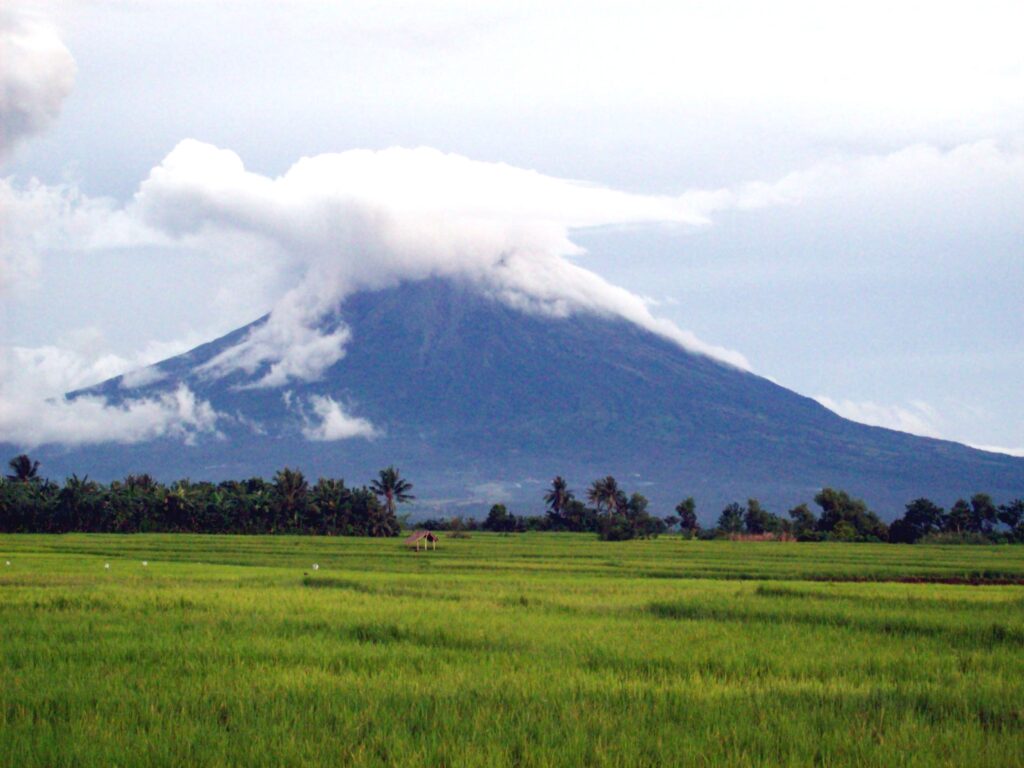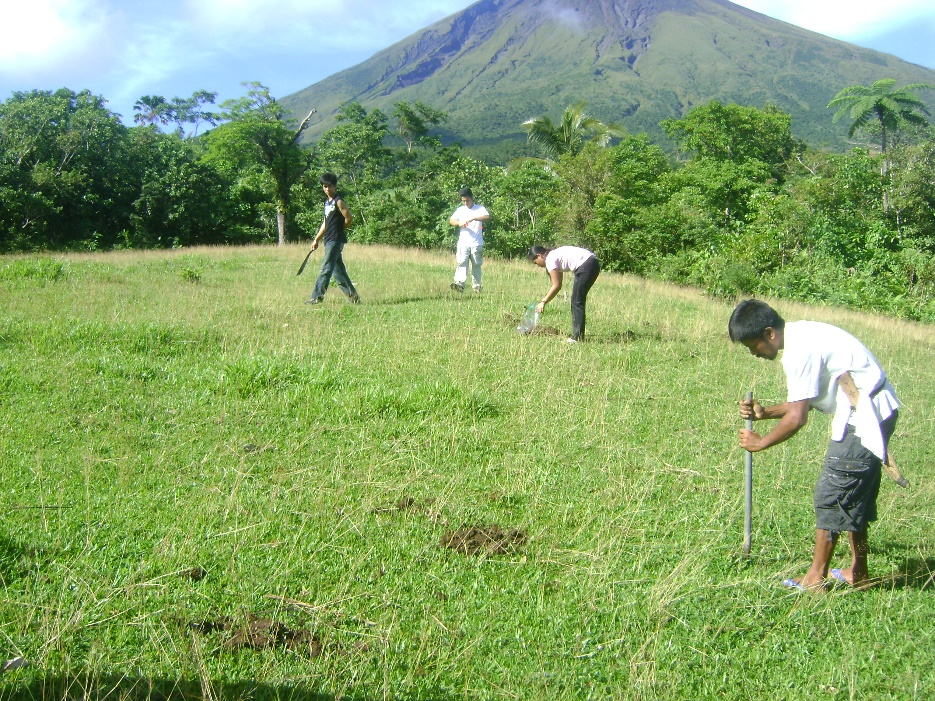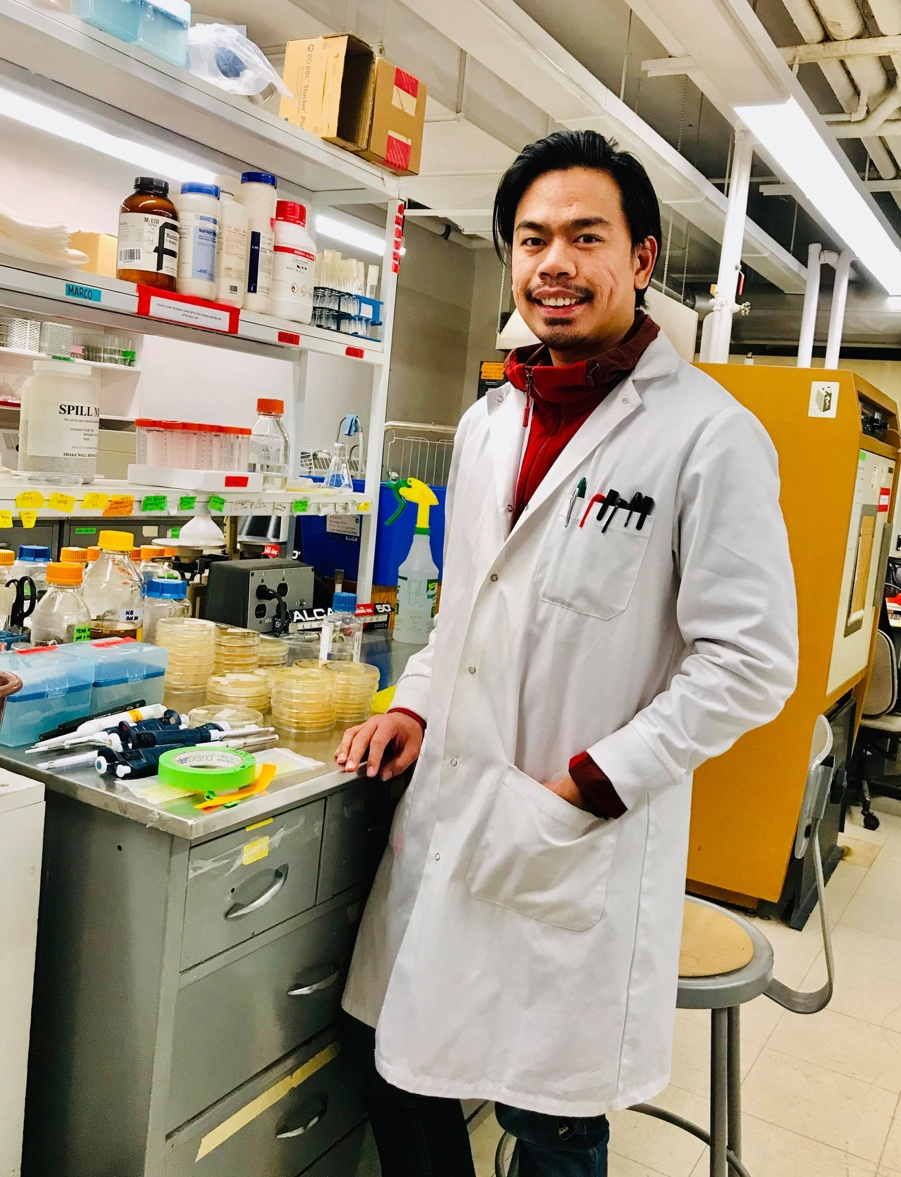Text by Henrylito D. Tacio
Photos courtesy of DOST
While testing samples of soils from his own backyard in Iloilo in 1949, Dr. Abelardo B. Aguilar isolated a new strain of bacteria. He sent soil samples for testing to an American firm, Eli Lilly and Company, where he worked as a medical representative.
John H. Blair, then Far East District Manager to all Eli Lilly medical representatives, announced that the results of the tests showed the soil samples sent by Dr. Aguilar was a “source of a new antibiotic.”
In a memorandum dated June 28, 1952, Blair wrote: “Preliminary tests and clinical trials establish this antibiotic to be as effective as penicillin-like products without allergic manifestations and gastrointestinal side effects common to some other antibiotics. Oral administration is effective in one hour and the drug is detectable in the bloodstream for eight hours.”
Generically called erythromycin, the pharmaceutical company called the broad-spectrum antibiotic Ilosene in referral to Iloilo, where it was discovered.
Now, 71 years after the discovery of a new strain of Streptomyces in Iloilo, another bacterium in the soils of the Philippines was discovered, which has potential antibiotic and anti-cancer properties.
Researchers from the University of the Philippines Los Baños (UPLB) have identified a specific bacterial species from the soils of Mount Mayon that has shown potential antibiotic and anti-colorectal cancer activities.
“This specific bacterial isolate, identified as Streptomyces sp. A1-08, has shown antibiotic activity against numerous potentially pathogenic microorganisms and anti-colorectal cancer potential,” reports David Matthew C. Gopilan, of the Science and Technology Information Institute (STII).
“We were totally surprised and excited,” replied Kristel Mae P. Oliveros, the project leader and an assistant professor in the UPLB Microbiology Division, when asked how they felt upon finding out the results of their experiments.
“We have high hopes of getting new and novel species because this is a less explored environment, a volcano,” Oliveros said.
The discovery of the new bacteria is discussed in a paper recently accepted by the Philippine Journal of Science (PJS), a peer-reviewed publication of the Department of Science and Technology (DOST).

Majestic Mayon Volcano (Tacio) 
Finding microbes on a volcanic slope (Photo from the researchers)
The isolated soil samples were taken from Mount Mayon in Malilipot, Albay. Mount Mayon, an active stratovolcano, is a popular tourist spot renowned for its “perfect cone” because of its symmetric conical shape.
Once the researchers have confirmed that Streptomyces sp. A1-08 is a new species, they will name it “Streptomyces mayonensis A1-08” in honor of the volcano where it was discovered. That’s according to Albert Remus R. Rosana, a current Ph.D. student at the University of Alberta, Canada, who is Oliveros’ coworker.
Joining Rosana and Oliveros in their groundbreaking work are Andrew D. Montecillo, Dr. Rina B. Opulencia, Arian J. Jacildo, Dr. Asuncion K. Raymundo, and the late Dr. Teofila O. Zulaybar, who are all from UPLB.
Initially, the researchers have isolated 30 bacterial species from Mt. Mayon’s volcanic soils. Thirteen of them have shown varying antibiotic activities in different test organisms that were known as pathogenic to humans or plants. The test organisms are Salmonella enterica serovar Typhimurium, Klebsiella pneumoniae, Staphylococcus aureus, and its methicillin-resistant variant, Candida albicans Aspergillus niger, and an unspecified Fusarium species.
“One of the objectives of the study is to screen actinomycete isolates for antimicrobial activity,” Oliveros said. “We ensured that our selected test organisms would represent some of the major groups of microorganisms, including bacteria, yeasts, and molds to capture a broader antimicrobial spectrum result.”
According to Rosana, the choice of test organisms was also associated with the United Nation’s health agency’s list of human pathogens that pose an imminent danger to human health by 2050, mainly due to antibiotic resistance.
The research team assumed that since those 30 isolates thrive in a unique environment such as Mt. Mayon’s volcanic soils, they most likely produce unique chemical compounds that may have medical, pharmaceutical, and even cosmeceutical uses.
Moreover, Streptomyces species are generally known to produce medically and pharmaceutically important products.
But Streptomyces sp. A1-08 stood out because it has shown antagonistic effects on all test microorganisms and the methicillin-resistant Staphylococcus aureus (MRSA). MRSA is a bacterium that causes infections in different parts of the body.
“(MRSA) is tougher to treat than most strains of staphylococcus aureus – or staph – because it’s resistant to some commonly-used antibiotics,” explains the website webMD.com.
The Geneva-based World Health Organization (WHO) has declared antimicrobial resistance as one of the top 10 global threats to public health. Antimicrobial resistance occurs when microorganisms such as bacteria, viruses, fungi, and parasites change in ways that render the medications used to cure the infections they cause ineffective.
Because Streptomyces sp. A1-08 seems to fight off MRSA, this prompted Oliveros and her team to study Streptomyces sp. A1-08 further using the anti-colorectal cancer test and genomic analysis.
They found after doing the anti-colorectal cancer test that crude extracts from the Streptomyces sp. A1-08 suggested “low potency” when compared to doxorubicin, a chemotherapy drug.
“It is good to remember that the positive control doxorubicin is a pure, proven and tested commercially available chemotherapy drug. In contrast, the ethyl acetate extract of (Streptomyces sp.) A1-08 which we have used in the study, (is) a crude extract, and therefore still a complex mixture and may contain multitude of raw compounds at different concentrations,” Oliveros surmised.
The researchers believed the raw compounds can still be purified further to develop an exact anti-cancer drug.
In order for them to identify the specific genes of Streptomyces sp. A1-08 responsible for producing antibiotic and anti-cancer compounds, the researchers conducted genomics analysis – or the study of the organism’s complete set of DNAs. Doing so may also help them to concentrate on the specific identity of Streptomyces sp. A1-08.
Rosana explained that genomics can be likened to a blueprint of a house or different Lego pieces that a person can assemble to build their favorite character.
“In our genomics work,” he said, “we use computer software to build the correct sequence of the Lego pieces and predict target outcomes, which in our research are the different antibiotics and potential anti-cancer molecules.”
Although Oliveros admitted that their findings can be considered a “jackpot,” she pointed out that their discovery must lead to more research. “Way forward, further studies should be made for us to establish that this novel species can likewise produce novel bioactive compounds,” she stressed.

“Future rigorous research in drug chemistry combined with metabolomics are vital to claim that the secondary metabolites produced by our isolate is totally new and hopefully effective as a chemotherapy drug,” Oliveros added.
Metabolomics is the study of the set of metabolites present within an organism, cell, or tissue.
“This is also our dream, to put this project forward in the large-scale cosmeceutical and pharmaceutical pipeline!” Oliveros said.
She finds it honorable to pioneer extending their discovery to industrial applications and “to showcase the known and great potential of the Philippines as a promising land that harbors natural products for drug discovery.”

